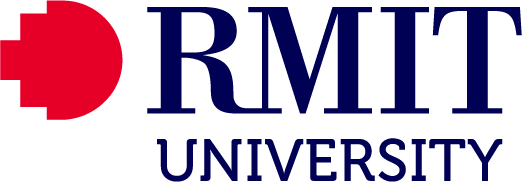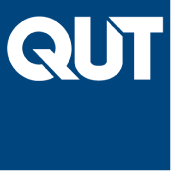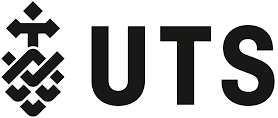DIGITAL WORK PRACTICES: WHERE ARE THE JOBS, WHAT ARE THEY, AND HOW PREPARED ARE GRADUATES?

This is an Australian Technology Network of Universities (ATN) Excellence in Learning and Teaching funded project for scholarship, research and innovation.
The project focuses on preparing graduates for digital work and how to embed this in the curriculum. It has involved rapid prototyping of a learning model for Creative Arts, Communications, Business & Management, Engineering and potentially other disciplines.
STORY OF THE PROJECT
Many [graduates] know how to use the tools…the best ones are the ones who grab the use of those tools in the real world”
– Industry rep 3
“The ability to think becomes more and more important. Self-learning and constantly upgrading your technical skills will be a massive part of your job”
– Industry rep 15
The following short video presents an overview of the project and the various resources on the website. In the video recent graduates, educators and project team members will talk about the significance of the learning model and how it was developed.
“What the study has shown, from all perspectives, from industry, from educators, from staff and from students is that everybody wants this. Everybody knows that we need digital capabilities in our curriculum. Most of those sectors have said to you that you [universities] haven’t got it right yet, you’re still at the functional level, just identifying what tools you need, and you’ve gone into the perceptual level a little bit but certainly not the adaptive level where you adapt to suit a new context.
So you have support from all of the major stakeholders that this work is important.”
Navigating the website
This website contains resources designed to help educators in supporting students to develop digital capabilities. To help you get the most out of the site, here is a brief explanation of what you’ll find in each of the main content sections.
Model
In the Model section of the site you can find an explanation of the Digital Affordance Developmental Learning Model, designed and trialled during the project.
The Model section also contains the project process, which is a graphical representation of project activities from commencement to completion. Links are provided to outputs at each stage.
Findings
The Findings section of the site contains the Key Findings page, which consolidates key lessons from across the various project activities.
If you want to dive deeper, the Reports page has detailed analysis reports exploring different aspects of project data in depth.
You will also find a list of Publications in this section.
Finally, you can listen to a podcast of the Symposium, held in April 2018 at RMIT University. An overview of the project is presented, with responses from an Expert Panel on work futures, institutional strategy and learning futures.
Resources
The Resources section of the site presents a variety of materials designed to help educators implement the learning model.
The Digital Descriptors page has samples for Journalism, Design, Music Industry (2) and Engineering. Descriptors are an important part of the learning model and you can find out more at the Digital Descriptors homepage.
The Assessments page contains project pilot materials used, which could be adapted for assessment or learning activities.
The Toolkit page includes Educator Reflections, sample Case Studies and a full suite of materials for people who want to run a Workshop about digital capability development at their institution.


